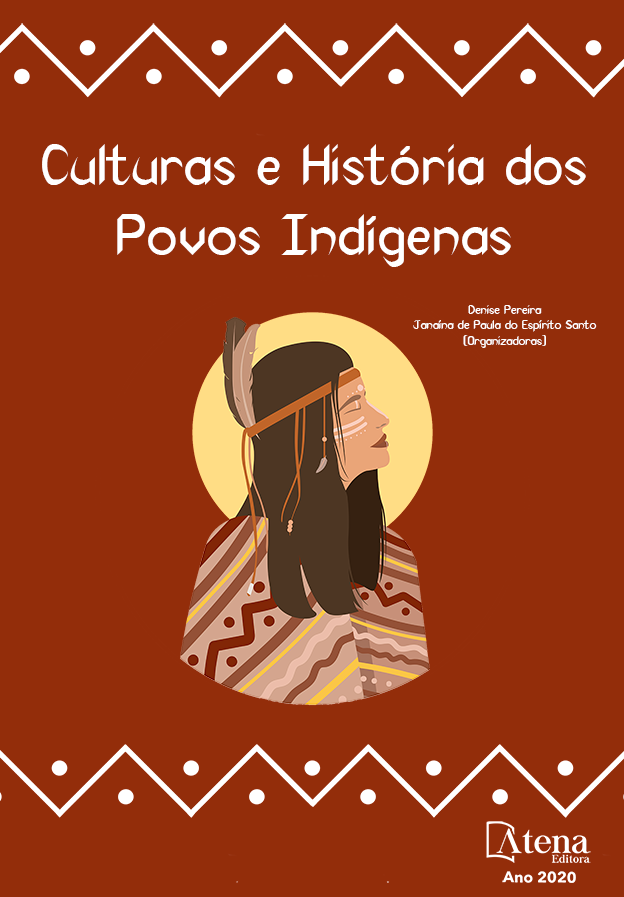
Educação intercultural no Alto Rio Negro: Acesso à educação no Campus IFAM – São Gabriel da Cachoeira/AM.
O Campus IFAM-São Gabriel da Cachoeira apresenta uma realidade que é ao mesmo tempo multi e intercultural, pois congrega discentes de diferentes etnias, falantes de línguas próprias e oriundos de cosmologias diversas. Esses alunos aprendem a conviver com diferentes alteridades que se fundamentam em diferentes sistemas de relações e compreensões do universo social. O desafio é tornar o ambiente escolar um local que agregue as diferentes concepções de mundo e ao mesmo tempo possibilite um intercâmbio cultural através da compreensão de que não existe um “saber local como um sistema monolítico e culturalmente delimitado”, pois, o saber é uma construção híbrida (SANTOS, 1998). A instituição de ensino está inserida na região do alto Rio Negro, maior afluente da margem esquerda do rio Amazonas, fazendo fronteira com a Colômbia e Venezuela. É uma região de ampla variedade cultural, pois, congrega 23 povos indígenas pertencentes a diferentes famílias linguísticas e, que perfazem 95% da população da região, sendo o primeiro município no Brasil a cooficializar as línguas indígenas Nheengatu, Tukano, Baniwa e Yanomami. Nesse sentido o presente trabalho apresenta a atuação do Instituto Federal do Amazonas (IFAM) – Campus São Gabriel da Cachoeira no cotidiano desses estudantes, a partir de uma apresentação geral dos cursos técnicos nas modalidades: Integrados, Subsequente e Proeja. Bem como as regiões atendidas pelo Campus, que abrangem as comunidades presentes em vários afluentes do Rio Negro: Waupés, Tiquié, Papuri, Içana, Xié, entre outros municípios que compõem a região do Território Etnoeducacional Rio Negro (TEERN) que abrange, além do município de São Gabriel da Cachoeira, também os municípios de Barcelos e Santa Isabel do Rio Negro. A criação do TEERN em 2009 é fruto da luta do movimento indígena reconhecendo e valorizando da diversidade sociocultural e linguística, da autonomia e do protagonismo desses povos conforme estabelecido na Constituição Federal. A atuação do Campus SGC, desde 1995 na região, vem sendo pautada a partir da parceria e assessoria junto a diversas instituições locais, como a FUNAI e a Federação das Organizações Indígenas do Rio Negro (FOIRN) na implementação de cursos voltados à realidade da região e no acesso justo através de políticas afirmativas que preveem a reserva de vagas por cada afluente do Rio Negro.
Educação intercultural no Alto Rio Negro: Acesso à educação no Campus IFAM – São Gabriel da Cachoeira/AM.
-
DOI: 10.22533/at.ed.6682016096
-
Palavras-chave: IFAM; Alto Rio Negro; Interculturalidade, Processo Seletivo, Educação Diferenciada.
-
Keywords: IFAM; Alto Rio Negro; Interculturality, Selection Process, Differentiated Education.
-
Abstract:
The IFAM-São Gabriel da Cachoeira Campus presents a reality that is both multi and intercultural, as it brings together students from different ethnic groups, speakers of their own languages and from different cosmologies. These students learn to live with different alterities that are based on different systems of relationships and understandings of the social universe. The challenge is to make the school environment a place that brings together different worldviews and, at the same time, enables a cultural exchange through the understanding that there is no “local knowledge as a monolithic and culturally delimited system”, because knowledge is a hybrid construction (SANTOS, 1998). The educational institution is located in the upper Rio Negro region, the largest tributary of the left bank of the Amazon River, bordering Colombia and Venezuela. It is a region of wide cultural variety, as it brings together 23 indigenous peoples belonging to different language families, which make up 95% of the region's population, being the first municipality in Brazil to co-officialize the indigenous languages Nheengatu, Tukano, Baniwa and Yanomami. In this sense, this paper presents the performance of the Federal Institute of Amazonas (IFAM) - Campus São Gabriel da Cachoeira in the daily lives of these students, from a general presentation of technical courses in the following modalities: Integrated, Subsequent and Proeja. As well as the regions served by the Campus, which encompass the communities present in several tributaries of the Rio Negro: Waupés, Tiquié, Papuri, Içana, Xié, among other municipalities that make up the region of the Rio Negro Ethno-educational Territory (TEERN), which covers, in addition to municipality of São Gabriel da Cachoeira, also the municipalities of Barcelos and Santa Isabel do Rio Negro. The creation of TEERN in 2009 is the result of the struggle of the indigenous movement recognizing and valuing the socio-cultural and linguistic diversity, autonomy and protagonism of these peoples as established in the Federal Constitution. The performance of the SGC Campus, since 1995 in the region, has been guided by the partnership and advice with several local institutions, such as FUNAI and the Federation of Indigenous Organizations of Rio Negro (FOIRN) in the implementation of courses focused on the reality of the region and fair access through affirmative policies that provide for the reservation of vacancies for each tributary of the Rio Negro.
-
Número de páginas: 14
- Roberta Enir Faria Neves de Lima
- Jefferson Aristiano Vargas
- Maria Isabel Oliveira Silva
- Joscival Vasconcelos Reis
- Edilson Martins Melgueiro
- Luclécia Cristina Morais da Silva


